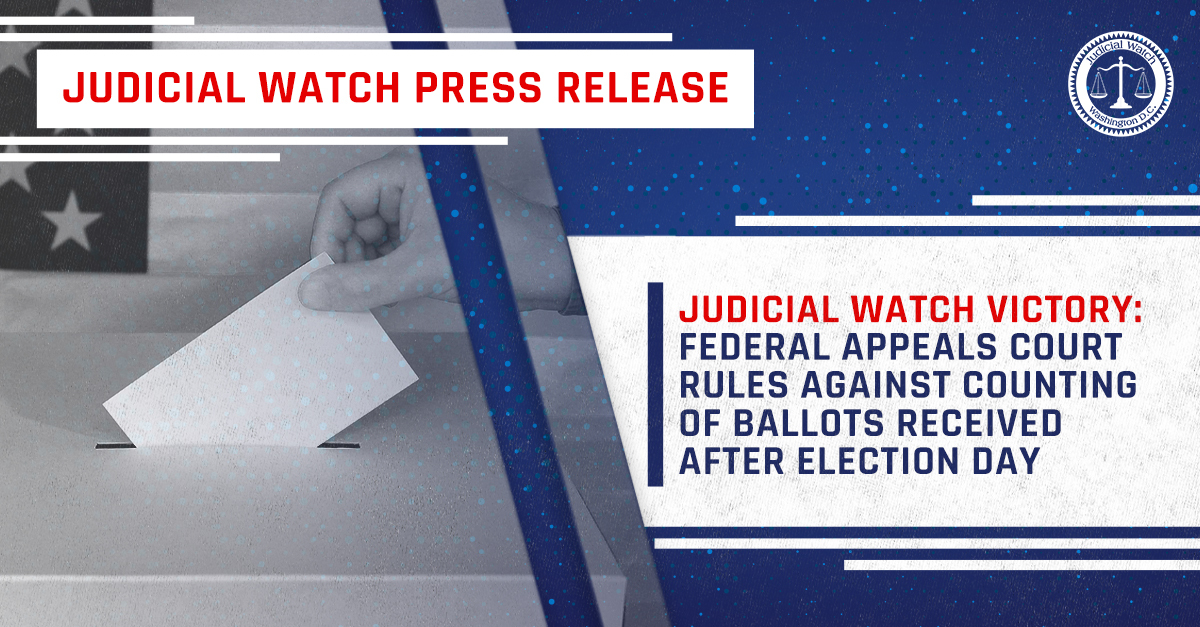

$1.9 Mil to Help Food Stamp Recipients Make Healthier Choices
It’s not enough that the Obama administration spends a mind-boggling $79.8 billion on food stamps, now it’s funding a special research center that will find ways to help recipients of the welfare program make healthier and wiser food choices.
It will be called the Center for Behavioral Economics and Healthy Food Choice and Uncle Sam will distribute at least $1.9 million—possibly more—to create it. The U.S. Department of Agriculture (USDA), which spent an astounding $108.9 billion on food and nutrition assistance in fiscal year 2013, is doling out the cash. Food stamps account for the largest chunk of the agency’s nutritional assistance spending, which is aimed at eradicating food insecurity in the United States.
But it’s not enough to give a record number of people living in the U.S.—some illegally—free groceries, the government has a duty to ensure the food is healthy and nutritious. At least that’s the argument behind this brilliant project. “The USDA Center will facilitate new and innovative research on the application of behavioral economics theory to healthy food choice behaviors that would contribute to enhancing the nutrition, food security, and health of American consumers,” according to the agency’s grant announcement.
The focus will be on finding ways to facilitate healthy and cost-effective food choices for food-stamp recipients and those who get other types of government-subsidized meals. This is expected to be done by establishing an “innovative research program on behavioral economic and healthy food choice that addresses questions of public policy interest and importance,” according to the agency. To do this a network of social scientists will research ways to improve what poor people eat.
This goes hand in hand with Michelle Obama’s $4.5 billion measure to end obesity in low-income neighborhoods by bringing government-subsidized healthy foods to inner-city areas. Her husband’s administration dedicates millions of dollars annually to the cause and the taxpayer money keeps pouring into all sorts of outrageous projects. Just last spring the administration dole out $75 million to study ways of better recognizing the nutritional needs of low-income communities.
The enormous investment has turned out to be a huge waste of public funds, according to an academic study released earlier this year. In fact, the First Lady’s costly campaign to revolutionize the inner city diet by bringing healthier foods to low-income neighborhoods is failing miserably, the study reveals. The goal is to eliminate “food deserts,” common in poor, minority communities where fresh, healthy food is tough to find or often unavailable. Under the plan the government commits hundreds of millions of dollars annually to bring whole foods—vegetables, fruits, whole grains, lean means and low-fat dairy—to underserved neighborhoods nationwide.
The study focused on Philadelphia where so-called food deserts were once rampant. Besides getting millions from Michelle Obama’s measure, the area has received generous grants from a $15 billion fund tied to her husband’s disastrous healthcare law as well as “stimulus” cash to combat obesity. The money has helped build new markets and added healthy food options to convenience stores in the city’s low-income neighborhoods. Only problem is that residents aren’t getting healthier and there has been no significant improvement in their body-mass index because they aren’t consuming the government-subsidized fruits and vegetables, according to the academic study.
The new USDA research center is supposed to find the solution to that problem. Once the social scientists figure out how to apply “behavioral economics to healthy food choice behavior” they will hold workshops, conferences and a variety of powwows to share their findings and apply them to “USDA food policy issues.” Stay tuned because another costly government study will likely be necessary to find the best ways to implement the recommendations.















